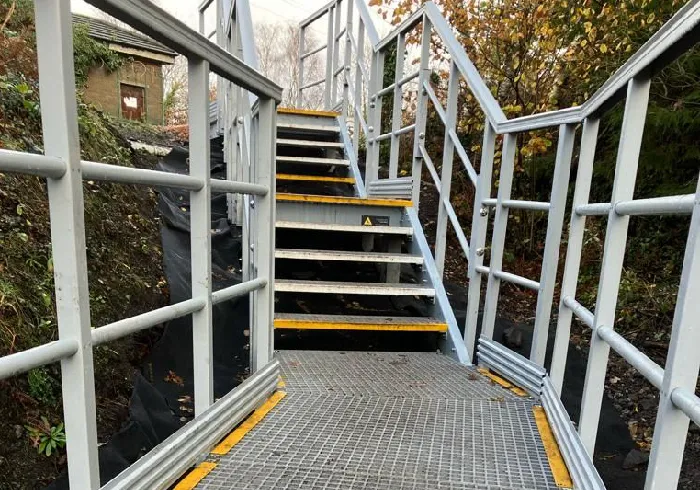loading...
- No. 9, Xingyuan South Street, Dongwaihuan Road, Zaoqiang County, Hengshui, Hebei, China
- admin@zjcomposites.com
- +86 15097380338
- Welcome to visit our website!
Innovative Solar Structures Utilizing Fiber Reinforced Polymer for Enhanced Energy Efficiency and Durability
Exploring the Future of FRP Solar Structures
As the world increasingly turns towards renewable energy solutions, the quest for innovative materials that enhance solar energy systems has led to the rising prominence of Fiber Reinforced Polymer (FRP) in solar structures. This article explores the unique properties of FRP, its applications in the solar industry, and the potential it holds for shaping sustainable energy solutions.
FRP is a composite material made of a polymer matrix reinforced with fibers, which can be glass, carbon, or aramid. It is known for its excellent strength-to-weight ratio, corrosion resistance, and versatility. These attributes make FRP an ideal candidate for various applications, particularly in the construction of solar structures, such as mounting systems, solar trackers, and even the solar panels themselves.
Exploring the Future of FRP Solar Structures
Corrosion resistance is another critical benefit of FRP. Solar installations are often exposed to harsh environmental conditions, including moisture, saline environments, and varying temperatures. Unlike metals that can rust or degrade over time, FRP remains stable and durable in these conditions, leading to longer lifespans and lower maintenance costs. This characteristic is particularly crucial for offshore solar installations or regions with high humidity.
frp solar structure

The adaptability of FRP also extends to its flexibility in design. FRP can be molded into complex shapes and configurations, allowing for innovative solar structure designs that optimize space and sunlight exposure. Custom-engineered FRP components can enhance the aesthetic appeal of solar arrays, integrating them seamlessly into architectural designs. This flexibility not only improves functionality but also encourages the adoption of solar energy by making installations more visually appealing.
One prominent application of FRP in solar energy is in the development of solar mounting systems. These systems, which support solar panels, need to withstand wind loads and other environmental stresses. FRP provides a highly effective solution, as its strength allows for sleeker, more efficient designs that maximize energy capture without compromising structural integrity. Additionally, various coatings can be applied to FRP to enhance its UV resistance, further extending its usable life in sun-drenched environments.
Moreover, the sustainability aspect of FRP cannot be overlooked. As an energy-efficient alternative to traditional materials, FRP contributes to the overall eco-friendliness of solar energy systems. While the process of producing FRP can have its ecological impacts, advancements in recycling and the development of bio-based polymers are making the material even more attractive for sustainable practices.
In conclusion, FRP solar structures represent a significant advancement in the renewable energy sector. With their lightweight, durable nature, resistance to environmental degradation, and design flexibility, FRP materials are paving the way for more efficient and aesthetically pleasing solar energy solutions. As technology continues to evolve, it is likely that we will see even broader applications of FRP in solar infrastructure, further pushing the boundaries of what is possible in the quest for a sustainable future. As we embrace these innovations, the integration of FRP in solar structures could well define the next generation of renewable energy systems, driving down costs and increasing the accessibility of clean energy for all.
-
GRP Structures: The Future of Lightweight, High-Performance EngineeringNewsJun.20,2025
-
FRP Water Tank: High-Performance Storage for Corrosive and Clean Water SystemsNewsJun.20,2025
-
FRP Square Tube: The New Industry Standard for Chemical and Structural ApplicationsNewsJun.20,2025
-
FRP Pultruded Profiles: The Ultimate Choice for Lightweight Structural StrengthNewsJun.20,2025
-
FRP Handrails: The Safer, Smarter, and Stronger Choice for Modern InfrastructureNewsJun.20,2025
-
FRP Grating: The Smart Solution for Durable, Lightweight Industrial FlooringNewsJun.20,2025
-
Why Choose a Galvanized Water Tank for Your Storage NeedsNewsMay.21,2025
